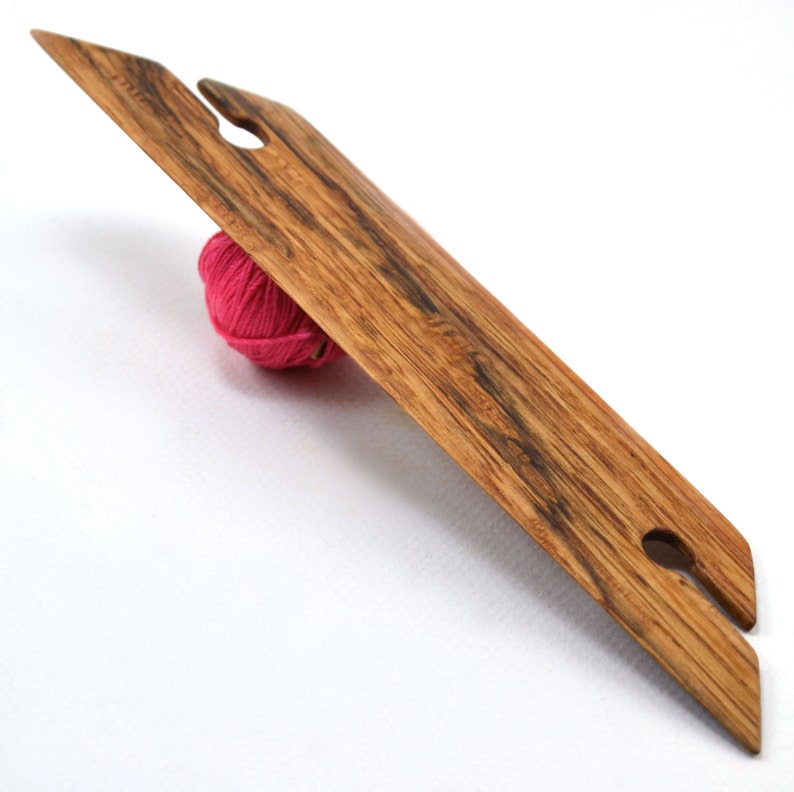

* Think about second-hand looms – try contacting your local art college as they may be updating their equipment, or check any of the popular buy-and-sell websites for listings. * Try out some weaving techniques that need little or no special equipment before committing to a complex or expensive loom. You can weave small tapestries on a simple wooden frame, and long narrow bands using just a door handle or clamp and set of weaving cards. There are an amazing variety of looms available (or that can be made at home) from the simplest frame or strap to the most complex computerised (and expensive) ones. * First of all, consider the type of woven textile you want to make (for what purpose), the techniques you would like to use, size of textile you’d like to create and whether speed of weaving is important to you. You can get special frame looms with slots on the front for winding the warp around – these are easier to warp but limit the sett (warp spacing) that you can use.

The warp is wrapped around the frame and then evened out with a taught cord tied across the bottom of the loom to create the weaving base. An uncovered artist’s stretcher frame (the type that would normally be covered with canvas for painting) is ideal – these can be bought cheaply from art supply shops and marked with measurements for spacing the warp.

I was taught to weave tapestry using this type of simple loom in art college, and I use them in my workshops.
#Inklet weaving length how to#
You can start weaving tapestries using just a simple wooden frame and a little knowledge about how to create the warp. In tapestry weaving, the warp (vertical yarn held under tension on the frame) is usually entirely covered by the weft (the yarn you weave across the warp), producing a thick, sturdy textile that can be suitable for decorative wall hangings and rugs.Īlthough you can weave with tapestry techniques using a floor or table (horizontal) loom, it is easier to use a vertical loom so that you can see more of the design as it progresses. The hands do most of the work, so only simple tools are needed. Tapestry weaving is a great technique for beginner weavers to learn as it requires little equipment and can be used with knotting & wrapping techniques and a huge variety of yarns to experiment with texture, colour and composition.
#Inklet weaving length trial#
A few spare parts and a lot of research, trial and error later, I finally got there! It was another couple of years before I had the time and space to get it up and running. We collected it as an unpromising jumble of wood, string and bolts as unfortunately the owner didn’t have the space to show it assembled. I currently do most of my weaving on a Swedish Glimakra Standard floor loom, that I was lucky enough to find second-hand from a local weaver at a time when Olla Nua was just an inkling of an idea. I often get asked for advice about choosing a loom to weave on, and it’s no wonder, as there are so many options it can seem overwhelming for new weavers! I’ve put together this post with the intention of highlighting some of the main things to consider and a little insight into my own loom journey. I have happily found that in that short time, the popularity of weaving as a craft has increased, with enthusiastic learners discovering the infinite challenges and rewarding work that it can offer. 48-66.Since launching Olla Nua in late 2015 I’ve had the pleasure of teaching tapestry weaving workshops across Northern Ireland. (2023), "The influence of inkjet print parameters on warm/cool feeling and air permeability of printed textile substrates", International Journal of Clothing Science and Technology, Vol. 19.030/961-9-2/21 “Digital approach to the production of environmentally friendly packaging” and project No. The research is financially supported by the Ministry of Scientific and Technological Development, Higher Education and Information Society of the Republic of Srpska, project No. The authors declare that the presented investigation is not in any conflict of interest. These models are important in clothing design because they show in advance the values of the warm/cool feeling of the clothes being designed and thus enable the design of clothes for different purposes with optimal esthetic and thermal properties.

Based on the results, mathematical models of the dependence of the warm/cool feeling value of printed textile materials on the air permeability and parameters of digital inkjet printing were created.



 0 kommentar(er)
0 kommentar(er)
